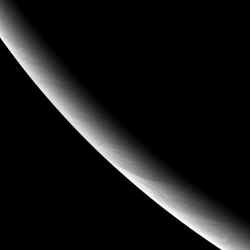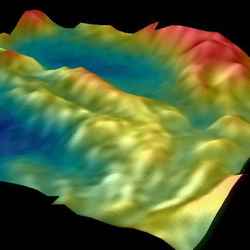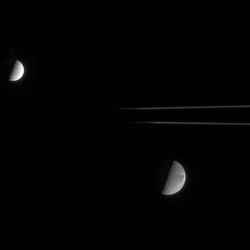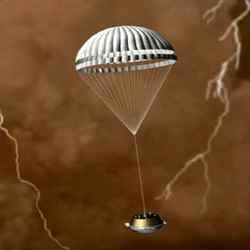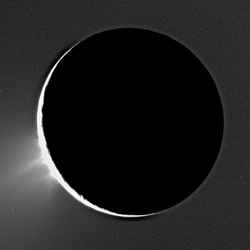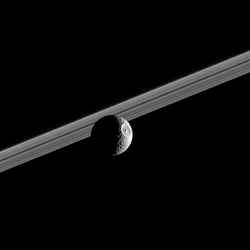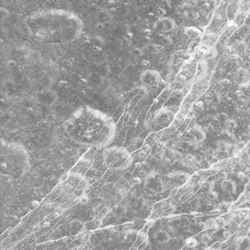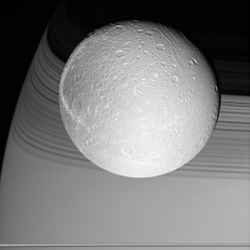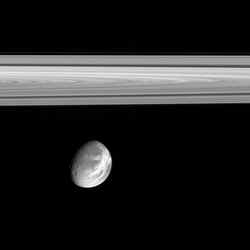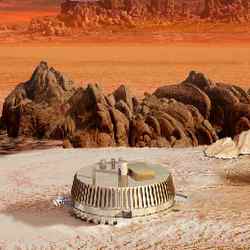
Huygens descent and landing overview. Image credit: ESA Click to enlarge
The Surface Science Package (SSP) revealed that Huygens could have hit and cracked an ice ?pebble? on landing, and then it slumped into a sandy surface possibly dampened by liquid methane. Had the tide on Titan just gone out?
The SSP comprised nine independent sensors, chosen to cover the wide range of properties that be encountered, from liquids or very soft material to solid, hard ice. Some were designed primarily for landing on a solid surface and others for a liquid landing, with eight also operating during the descent.
Extreme and unexpected motion of Huygens at high altitudes was recorded by the SSP?s two-axis tilt sensor tilt sensor, suggesting strong turbulence whose meteorological origin remains unknown.
Penetrometry and accelerometry measurements on impact revealed that the surface was neither hard (like solid ice) nor very compressible (like a blanket of fluffy aerosol). Huygens landed on a relatively soft surface resembling wet clay, lightly packed snow and either wet or dry sand.
The probe had penetrated about 10 cm into surface, and settling gradually by a few millimetres after landing and tilting by a fraction of a degree. An initial high penetration force is best explained by the probe striking one of the many pebbles seen in the DISR images after landing.
Acoustic sounding with SSP over the last 90 m above the surface revealed a relatively smooth, but not completely flat, surface surrounding the landing site. The probe?s vertical velocity just before landing was determined with high precision as 4.6 m/s and the touchdown location had an undulating topography of around 1 metre over an area of 1000 sq. metres.
Those sensors intended to measure liquid properties (refractometer, permittivity and density sensors) would have performed correctly had the probe landed in liquid. The results from these sensors are still being analysed for indications of trace liquids, since the Huygens GCMS detected evaporating methane after touchdown.
Together with optical, radar and infrared spectrometer images from Cassini and images from the DISR instrument on Huygens, these results indicate a variety of possible processes modifying Titan?s surface.
Fluvial and marine processes appear most prominent at the Huygens landing site, although aeolian (wind-borne) activity cannot be ruled out. The SSP and HASI impact data are consistent with two plausible interpretations for the soft material: solid, granular material having a very small or zero cohesion, or a surface containing liquid.
In the latter case, the surface might be analogous to a wet sand or a textured tar/wet clay. The ?sand? could be made of ice grains from impact or fluvial erosion, wetted by liquid methane. Alternatively it might be a collection of photochemical products and fine-grained ice, making a somewhat sticky ?tar?.
The uncertainties reflect the exotic nature of the materials comprising the solid surface and possible liquids in this extremely cold (?180 ?C) environment.
Original Source: ESA Portal
